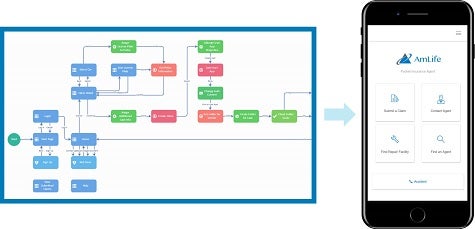Connecting applications is one thing. Crafting workflows that span those connected applications is quite another. Dell Boomi is now making available a Spring 2017 release of its namesake cloud integration service to automate workflows without having to hire professional developers.
Based on the workflow automation software that Dell Boomi gained when it acquired ManyWho, a provider of low-code development tools, earlier this year, Brett Stineman, director of product and partner marketing for Dell Boomi, says this latest release makes it simpler for business analysts and other sophisticated types of end users to build complex workflows on their own.
“We wanted to provide a capability that is highly scalable,” says Stineman.
Dell Boomi is also now including 12 additional processes within a Boomi Process Library that organizations can employ to jumpstart an application.
Stineman says there are going to be times when professional developers will be required to extend workflows built using Dell Boomi. To enable that capability, Dell Boomi now provides connectors to platform-as-a-service (PaaS) environments running on Amazon Web Services (AWS), Microsoft Azure and Google Cloud Platform (GCP). Dell Boomi is also making it simpler to deploy the software needed to connect to its cloud service by adding support for Docker containers.
Other new capabilities include support for more granular controls over application programming interface (API) utilization, the inclusion of identity management and data governance tools, the ability to create sub-processes, and tighter integration with specific trading partners.
Most organizations faced with a shortage of developer talent are keen to involve end users in application development and integration as much as possible. But any such effort needs to be considered within the context of a larger enterprise architecture. Creating additional application silos may solve a specific issue. But it also tends to increase the overall complexity of the IT environment. The more comprehensive the cloud integration platform being used to create those applications today, the less likely there is to be an even costlier problem to solve tomorrow.



